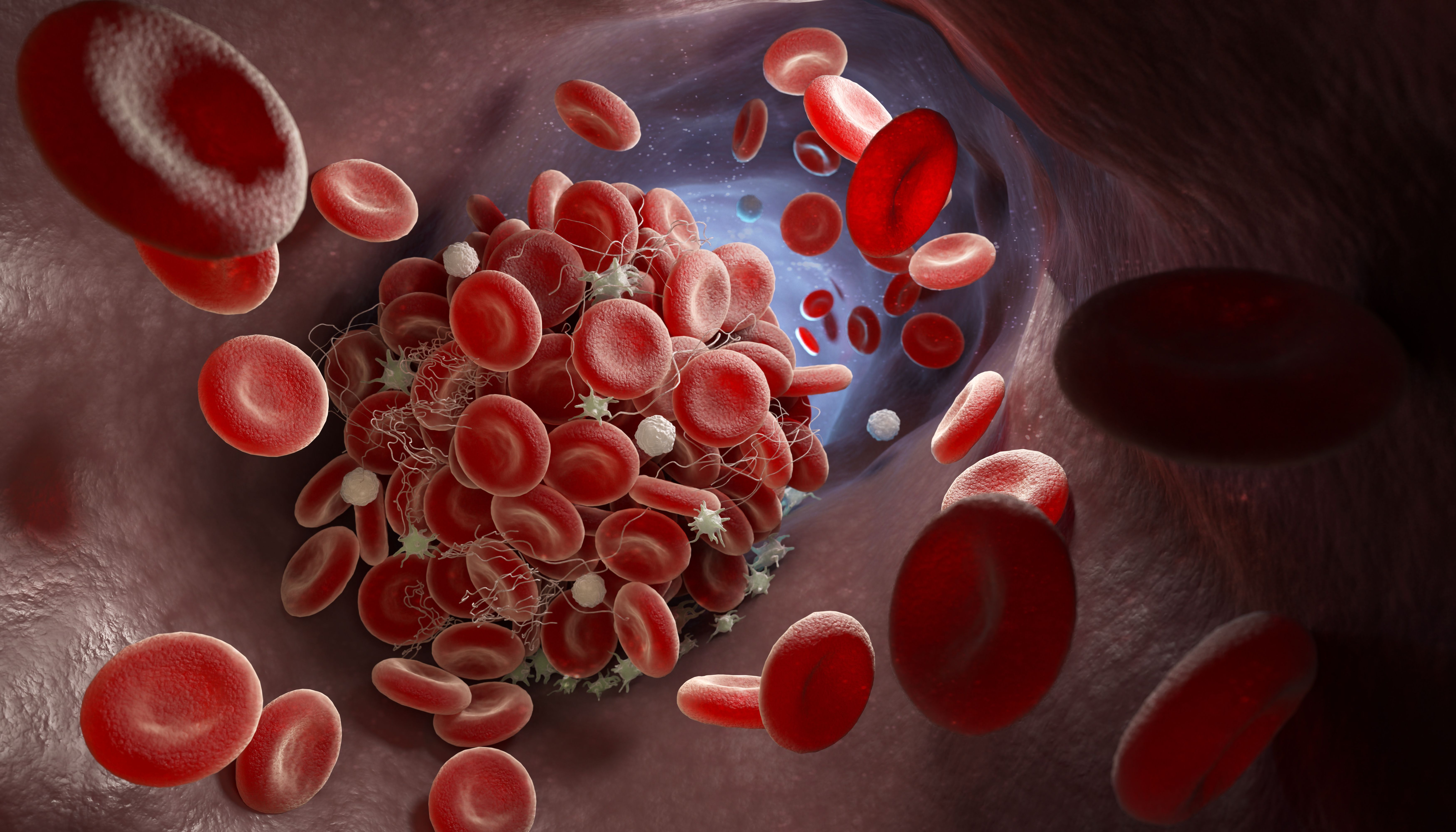Article
Pacritinib Offers New Option For Patients With Advanced Myelofibrosis
Author(s):
Findings from a phase 3 randomized clinical trial offer new hope to some patients who have advanced myelofibrosis.
Findings from a phase 3 randomized clinical trial offer new hope to some patients who have advanced myelofibrosis (MF), a type of myeloproliferative neoplasm (MPN), which are blood cancers collectively.
MF is when excessive scar tissue forms in the bone marrow and impairs its ability to produce normal blood cells, according to the MPN Research Foundation. Patients who receive this diagnosis often have limited treatment options, but results from the study published in the Journal of the American Medical Association show that pacritinib, an oral JAK2/FLT3 inhibitor, is safe and effective in the treatment of patients with advanced MF who also have thrombocytopenia (low platelet counts).
The global PERSIST-2 trial included 311 patients with MF who had platelet counts less than 100,000, an enlarged spleen and systemic symptoms. Many of the patients (48 percent) were either previously treated with Jakafi (ruxolitinib) — an oral JAK inhibitor approved by the Food and Drug Administration (FDA) — or ineligible for treatment with Jakafi because of low platelet counts.
“This trial was important as it demonstrated that in a population with very advanced disease as measured by significant thrombocytopenia that limits the ability to effectively receive Jakafi, or have previously failed Jakafi, pacritinib was effective in reducing spleen size and improving symptom burden at the dose of 200 mg twice daily,” John Mascarenhas, M.D., associate professor of medicine, hematology and medical oncology at The Tisch Cancer Institute, Icahn School of Medicine at Mount Sinai in New York City, said in an interview with CURE.
“Importantly, almost half the patients had received Jakafi previously and half that were randomized to best available therapy received Jakafi. This further highlights the unmet need and lack of effective therapies for this patient population,” he added.
Researchers conducted the study from July 2014 to February 2016, which included 171 men and 140 women, who had a mean age of 63.7 years. Patients were randomly selected to receive 400 mg of pacritinib once daily (75 patients), 200 mg of pacritinib twice daily (74 patients) or best available therapy (72 patients), which included Jakafi.
Co-primary end points were rates of patients achieving 35 percent or more spleen volume reduction (SVR) and 50 percent or more reduction in total symptom score (TSS) at week 24.
The researchers determined that the 200 mg twice daily dose was superior to best available therapies in both endpoints. In the twice daily pacritinib arm, SVR was seen in 16 patients compared with two patients who received best available therapy. Reduction in TSS occurred in 24 patients compared with 10 patients, respectively.
The most common grade 3 or 4 side effects were thrombocytopenia and anemia. Discontinuation because of side effects occurred in 15 patients in the pacritinib once daily arm, 10 patients in the twice daily arm and four patients in best available therapy arm.
“The most significant finding was that at 200 mg twice daily of pacritinib, clinical response was attained in many treated subjects and significant treatment emergent anemia or thrombocytopenia was not seen,” Mascarenhas said. “This offers these patients most in need of treatment, and historically the most vulnerable to disease and therapy-related complications, a therapeutic option either second line after Jakafi or first line in those with baseline limiting cytopenias.”
In 2016, the FDA put a full clinical hold on the PERSIST-2 study following concerns from early analysis over increased mortality because of increased risk of bleeding and cardiovascular events. “Once the full analysis was presented and the survival curves did not show a worse outcome with pacritnib therapy and that the risk of serious bleeding and vascular complications was low, and not clearly different from best available therapy, the hold was lifted in January 2017,” he said.
To further investigate pacritinib, the phase 2 PAC203 trial is underway to explore the drug given in lower doses — 200 mg twice daily, 100 mg twice daily and 100 mg once daily. Patients are currently being enrolled.
“This trial will help clarify the relationship between dose and response with drug exposure through pharmacokinetic studies,” Mascarenhas said.




